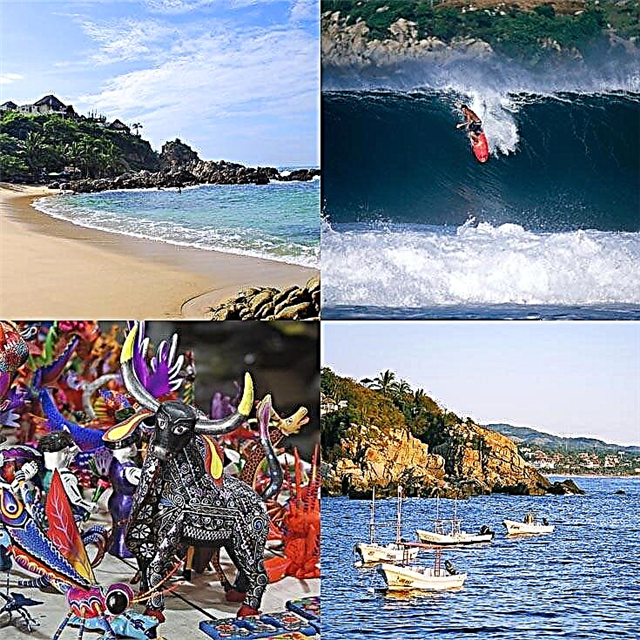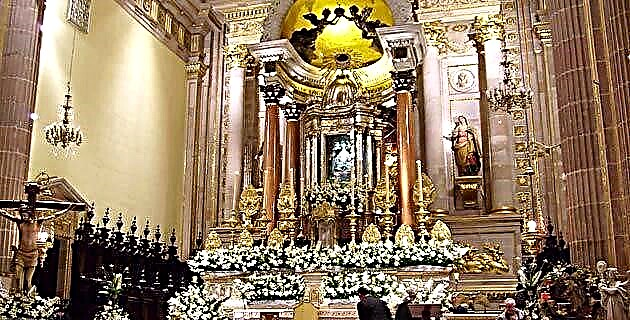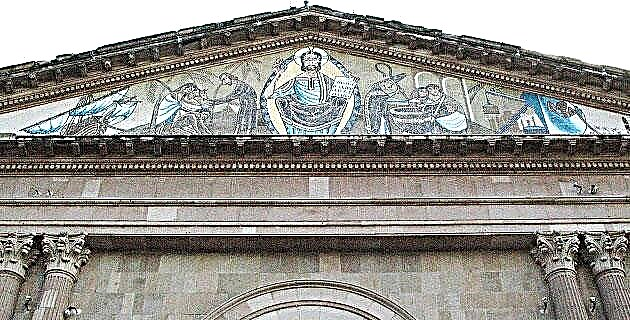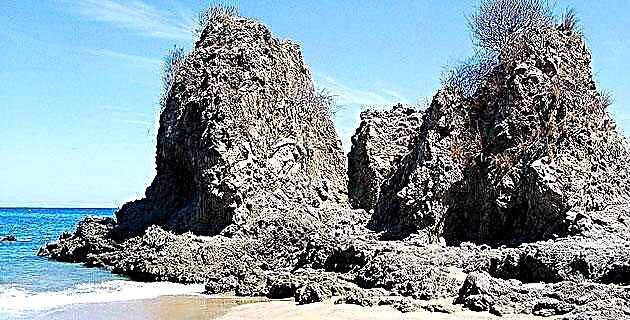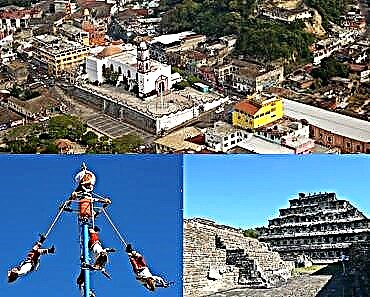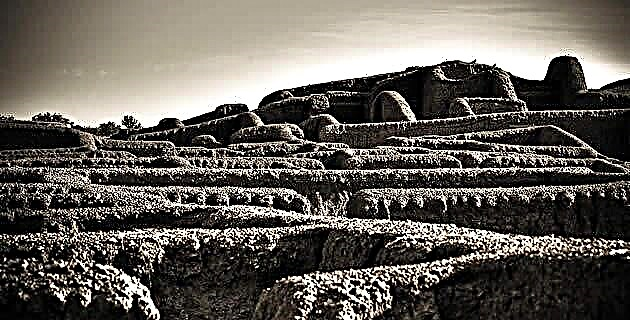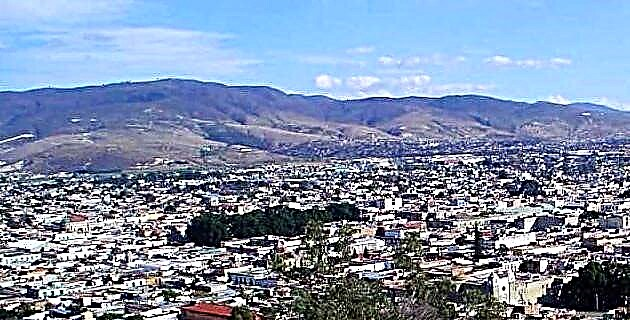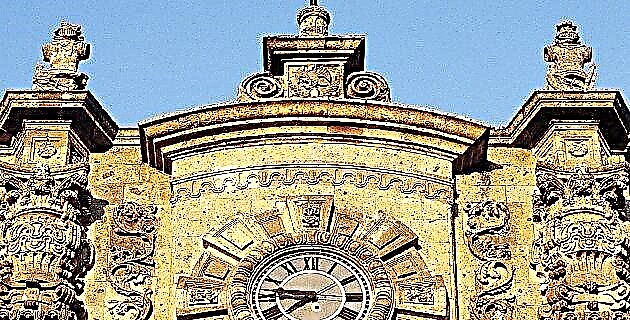
The history of the city that was originally called the Kingdom of New Galicia continues.
There is also the old Jesuit college of Santo Tomás de Aquino, built in the last decade of the 16th century and which in 1792 was occupied by the University. Of the construction, only what was the church, with its monumental dome from the last century, and the attached Loreto chapel, built in 1695 by Juan María de Salvatierra, remain. The temple of San Juan de Dios, which was formerly the Chapel of Santa Veracruz, built in the 16th century by Don Pedro Gómez Maraver, was built in the 18th century with a baroque façade of sober characteristics. The church of La Merced, with a baroque style similar to that of San Juan de Dios, although more ornate, was founded in the 17th century by the friars Miguel Telmo and Miguel de Albuquerque.
The Temple of La Soledad was built towards the end of the 17th century and the beginning of the 18th century at the request of Juana Romana de Torres and her husband, Captain Juan Bautista Panduro. In the place was the brotherhood of Our Lady of Solitude and the Holy Sepulcher, occupying a chapel dedicated to San Francisco Xavier. The temple and school of San Diego, work of century XVII; the first with a very sober façade that already seems to belong to the neoclassical style and the second with a beautiful arcade that adorns its old cloister.
The church of Jesús María, attached to the convent of the same name, was founded in 1722; it still preserves its Baroque façades, on which you can see large sculptures representing the Sagrada Familia, the Virgen de la Luz, San Francisco and Santo Domingo.
Finally, it is important to highlight three more religious constructions that have emerged as the best examples, each one of its kind, of the development of colonial architecture in Guadalajara, mainly between the seventeenth and eighteenth centuries. Thus we have the Aránzazu chapel, from the mid-18th century, with its curious belfry and its interior decorated with magnificent paintings and Churrigueresque altarpieces from the same period and considered the best in the city. The convent and church of Santa Mónica, founded by Father Feliciano Pimentel in the first half of the 18th century; its temple exhibits a double façade with rich ornamentation classified as the best example of the exuberant Solomonic Baroque style. The temple of San Felipe Neri, built in 1766 by the architect Pedro Ciprés, forms a set of extraordinary sobriety that incorporates elements with Plateresque reminiscences in its ornamentation, an aspect that places the temple as the best religious building in Guadalajara.
In the constructions that correspond to civil architecture, there are some admirable buildings, among which we can mention the Government Palace, old royal houses that were modified in the 18th century following a project by the military engineer Juan Francisco Espino, although the facade was work of Miguel José Conique. The building was conceived essentially in the Baroque style, but certain neoclassical tendencies are already noticeable in it. The royal offices, which were in the disappeared Palacio de Medrano, and the courtrooms functioned on the premises.
We also have what was the Conciliar Seminary dedicated to San José, inaugurated by Bishop Galindo y Chávez in 1701, today occupied by the Regional Museum of Guadalajara, with its main cloister of Tuscan-style columns and its Baroque doorways. The famous Hospicio Cabañas built at the beginning of the 19th century, following the plans of the illustrious architect Manuel Tolsá, directing the work José Gutiérrez and completed years later by the architect Gómez Ibarra, and which constitutes a notable example of the neoclassical style.
Among other minor constructions that provided stylistic unity to the city of Guadalajara, we can mention, although not all are preserved: the stately 16th century mansion that stood in front of what was once the San Sebastián square in the Analco neighborhood. The house on Calle de la Alhóndiga No. 114, currently Pino Suárez. The residences that belonged to the Sánchez Leñero family at No. 37 and that of Mr. Dionisio Rodríguez at No. 133 on Calle de Alcalde. The Calderón house, a traditional colonial candy store founded in 1729 and located on the corner of the old streets of Santa Teresa and Santuario, today Morelos and Pedro Loza; that of Francisco Velarde, in the neoclassical style, and finally the one that was the Cañedo mansion, located in front of the back of the Cathedral.
In the vicinity of Guadalajara, the third most important city in the country, is the old town of San Juan Bautista Melzquititlán, today San Juan de los Lagos. This town has become an important religious center due to the great miraculous tradition of the image of the Virgin Mary that preserves its basilica, built in the mid-17th century by Don Juan Rodríguez Estrada. In the same town you can see other constructions such as the Temple of the Third Order, the Calvary Chapel, the First Miracle Chapel, dating from the 17th and 18th centuries. There are also important civil buildings in the population, such as the Palace of the College and the building of the Tithes, among others.
In the town of Lagos de Moreno you can see its main parish, a work from the 17th century with a beautiful facade in the Churrigueresque style.
Finally, in San Pedro Tlaquepaque there are some examples of Baroque religious architecture in the region, such as the parish of San Pedro and the Temple of Soledad.

